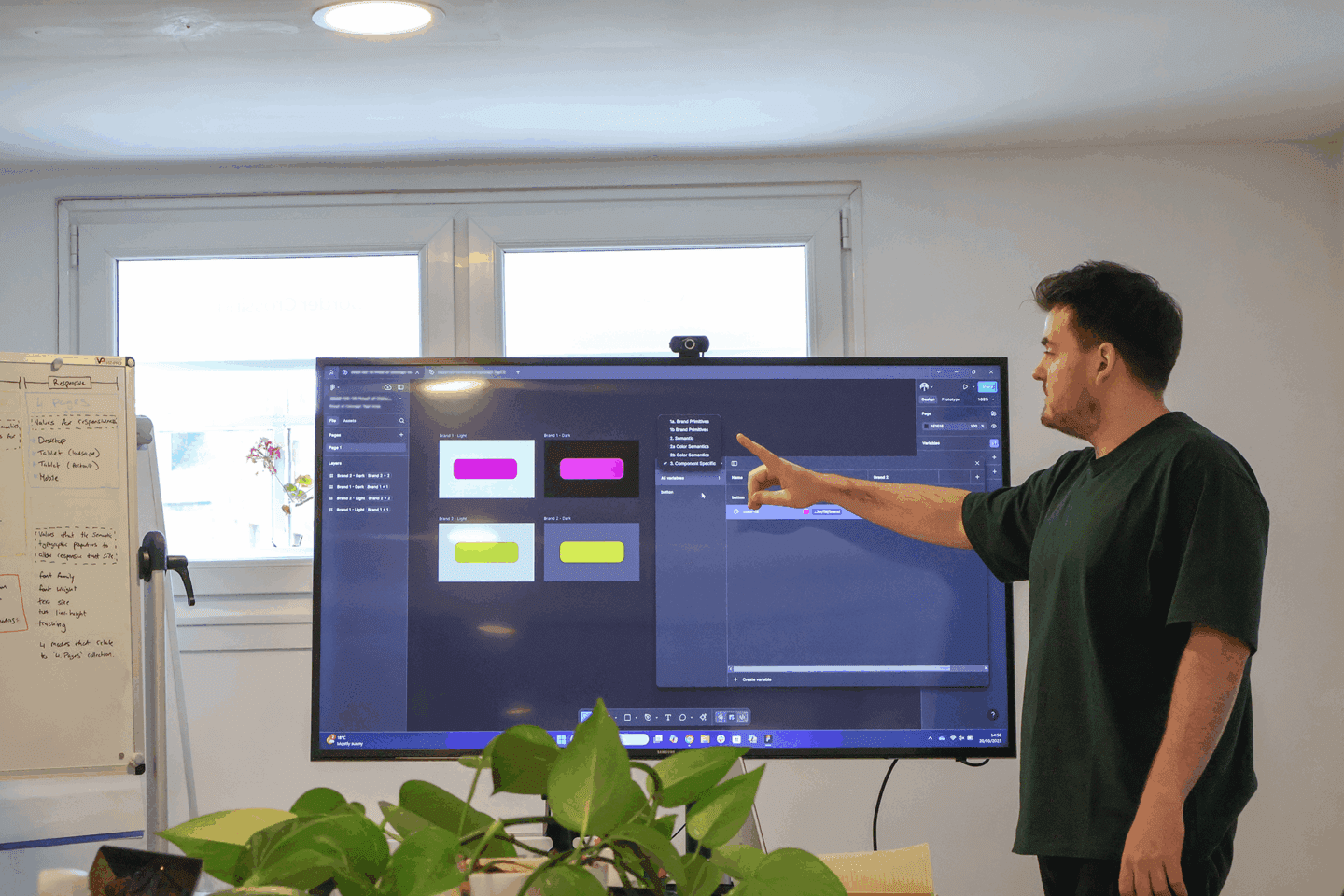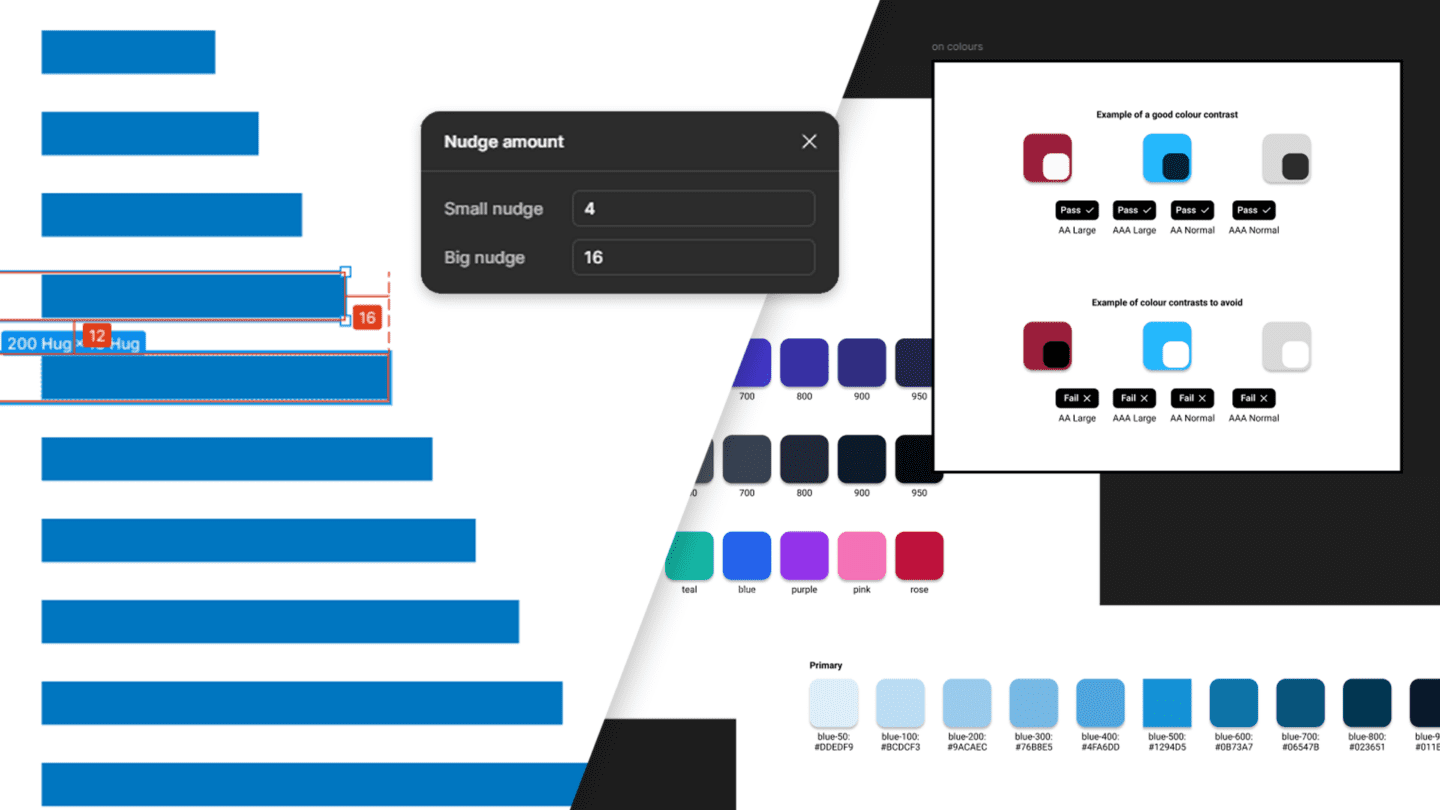Google is one of those companies that absolutely nails continuous improvement. A great example is how they approach improving the search results we encounter each time we use Google.
A minor change, or small batches of minor changes are released on an almost daily basis. The vast majority of these aren’t noticeable. But several times a year they’ll also make “core updates”, which are more significant or broader changes. Their aim is to:
- Ensure that overall, we’re delivering on our mission to present relevant and authoritative content to searchers.
- As you can imagine these “core updates” are more likely to have a noticeable impact on search rankings.
What we’ve learned about Google, algorithm updates & rankings
Over the years we’ve learned that whilst you cannot future proof your website against updates that affect the visibility of your web pages in search results. You can monitor Google’s announcements, follow their recommendations and track your rankings.
And this is certainly the best way to ensure you are best positioned to capitalise on changes, or address any issues encountered as rapidly, and efficiently, as possible.
What has Google been up to, and what affect has it had on us?
Later today, we are releasing a broad core update, as we do several times per year. It is called the June 2021 Core Update. Our guidance about such updates is here:
This will be followed by the July 2021 Core update. Here’s more information about that…
— Google SearchLiaison (@searchliaison) June 2, 2021
June was a busy month for Google as they launched a “core update” and started rolling-out their Page Experience Update globally. You may not have noticed any positive or negative changes to your search engine rankings since these have gone live. We certainly did, and to be honest it was quite concerning at first.
Initially our visibility in search results across several keyword terms dropped significantly. Then over the next few weeks visibility across organic search results increased substantially, and we’re now ranking higher, for more keywords than ever before. What did we do? Well to be honest nothing … as we agreed to monitor things before jumping to the conclusion, we needed to do x, y, or z to restore our visibility across organic search results.
Core Updates and what to do about them
As Google say themselves:
There’s nothing wrong with pages that may perform less well in a core update. They haven’t violated our webmaster guidelines nor been subjected to a manual or algorithmic action, as can happen to pages that do violate those guidelines. In fact, there’s nothing in a core update that targets specific pages or sites. Instead, the changes are about improving how our systems assess content overall. These changes may cause some pages that were previously under-rewarded to do better.
So, what does Google suggest …
Focus on ensuring you’re offering the best content you can. That’s what our algorithms seek to reward.
You can do this by asking yourself some questions Google themselves recommend:
Content and quality questions
- Does the content provide original information, reporting, research, or analysis?
- Does the content provide a substantial, complete, or comprehensive description of the topic?
- Does the content provide insightful analysis or interesting information that is beyond obvious?
- If the content draws on other sources, does it avoid simply copying or rewriting those sources and instead provide substantial additional value and originality?
- Does the headline and/or page title provide a descriptive, helpful summary of the content?
- Does the headline and/or page title avoid being exaggerating or shocking in nature?
- Is this the sort of page you’d want to bookmark, share with a friend, or recommend?
- Would you expect to see this content in or referenced by a printed magazine, encyclopaedia, or book?
Expertise questions
- Does the content present information in a way that makes you want to trust it, such as clear sourcing, evidence of the expertise involved, background about the author or the site that publishes it, such as through links to an author page or a site’s About page?
- If you researched the site producing the content, would you come away with an impression that it is well-trusted or widely recognised as an authority on its topic?
- Is this content written by an expert or enthusiast who demonstrably knows the topic well?
- Is the content free from easily verified factual errors?
- Would you feel comfortable trusting this content for issues relating to your money or your life?
Presentation and production questions
- Is the content free from spelling or stylistic issues?
- Was the content produced well, or does it appear sloppy or hastily produced?
- Is the content mass-produced by or outsourced to a large number of creators, or spread across a large network of sites, so that individual pages or sites don’t get as much attention or care?
- Does the content have an excessive amount of ads that distract from or interfere with the main content?
- Does content display well for mobile devices when viewed on them?
Comparative questions
- Does the content provide substantial value when compared to other pages in search results?
- Does the content seem to be serving the genuine interests of visitors to the site or does it seem to exist solely by someone attempting to guess what might rank well in search engines?
Other resources and key recommendations
A great resource we often refer to is Google’s search quality rater guidelines. As if you can understand how raters learn how to assess good content, you can use this to knowledge to improve your own content.
One other specific piece of guidance Google has provided that is important to note:
Low-quality content on some parts of a website can impact the whole site’s rankings, and thus removing low quality pages, merging, or improving the content of individual shallow pages into more useful pages, or moving low quality pages to a different domain could eventually help the rankings of your higher-quality content.
This reaffirms the importance of adhering to consistent content publishing standards and on-going content governance. And is why we strongly advise clients consider the lifetime value, and cost, of the content they produce. As this inevitably leads to producing:
- More ever-green, cornerstone content, that is focused on a particular search or purchasing intent.
- Less lower quality content, fragmented across multiple pages and all competing for a user’s and search engines attention.
The Page Experience Update: What to do next
The page experience update is now slowly rolling out (Top Stories will begin using this new signal by Thursday). It will be complete by the end of August 2021. More here: https://t.co/kDwhhOYklK
— Google Search Central (@googlesearchc) June 15, 2021
The new page experience update is just one of the many factors Google considers when ranking web pages. So, in of itself it’s very unlikely to have a substantial negative impact on your rankings. That said, they are all things you can influence, and more importantly will result in a better user experience.
What is page experience?
The page experience signal measures aspects of how users perceive the experience of interacting with a web page. They include Core Web Vitals are a set of real-world, user-centred metrics that quantify key aspects of the user experience. They measure dimensions of web usability such as load time, interactivity, and the stability of content as it loads (so you don’t accidentally tap that button when it shifts under your finger). We’re combining the signals derived from Core Web Vitals with our existing Search signals for page experience. This includes mobile-friendliness, HTTPS-security, and intrusive interstitial guidelines, to provide a holistic picture of page experience.
Interestingly Google has also announced that:
Because we continue to work on identifying and measuring aspects of page experience, we plan to incorporate more page experience signals on a yearly basis to both further align with evolving user expectations and increase the aspects of user experience that we can measure. As great page experiences enable people to get more done and engage more deeply; in contrast, a bad page experience could stand in the way of a person being able to find the valuable information on a page. By adding page experience to the hundreds of signals that Google considers when ranking search results, we aim to help people more easily access the information and web pages they’re looking for, and support site owners in providing an experience users enjoy.
And why this really matters:
While all the components of page experience are important, we will prioritise pages with the best information overall, even if some aspects of page experience are subpar. A good page experience doesn’t override having great, relevant content. However, in cases where there are multiple pages that have similar content, page experience becomes much more important for visibility in Search.
Page experience updates & what you can do to improve your page experience
Whilst these are all quite technical areas, they are critical to delivering a positive user experience. They are all also perfectly possible to apply to a live website. And should certainly be a key requirement in any website design or development brief you prepare. Given their increasing importance we’d highly recommend you speak to your in-house team or external supplier to learn how they’d go about implementing any changes required.
To test how your web pages are performing you, or your developer, can use these tools to identify your current performance and how you can optimise it:
Or to learn more read this update on Google Search Central: More time, tools and details on the page experience update.
Our response to the latest updates
Thankfully we don’t seem to have been penalised at all. But that doesn’t mean we’re doing nothing. In fact, the rollout of both the updates has reiterated to us, even as a small company that doesn’t depend on inbound traffic, that we could, and should, be doing more to continuously improve our content, and how we present it to users and search engines.
That’s why we’ll be investing more time and effort in our ongoing content production. We won’t just be publishing more frequently; we’ll also be going back and revisiting legacy content to optimise or delete it if it’s no longer relevant. In addition, we’ll be publishing new pages that aggregate all the disparate content we’ve published over the last 10 years into “cornerstone” pages. These will showcase our unique take on things and provide links to all the other related content on our website.
Taking a dual approach
As the reality is, what you need to do to deliver a positive user experience continuously evolves. You can address things as issues become apparent. Or you can take a leaf out of Google’s book and adopt a dual approach:
- Releasing minor low risk changes frequently to make marginal improvement that over time compound into better performance. For us this means adhering to:
- Basic/current search engine optimisation guidelines
- A user-centred content publishing strategy aligned to our clients and prospects search intent – we refer to this as “hygiene” content.
- Launching less frequent, broader or deeper changes on longer time frame that deliver substantial improvements and focus on addressing more complex challenges. For us this means:
- Auditing and optimising our core pages and underlying content library
- Developing higher-value content that helps our clients and prospects address challenges they’re facing – we refer to this as “health” content.
We’ll be trying to do more of this over the coming months. And we’re really looking forward to launching our revised approach to sharing our knowledge and experience. As we know, users will find this more appealing and useful. Which in turn is likely to have a positive influence on our visibility across organic search results.
And even if it doesn’t, it’s still the right thing to do because we can always improve. Hence, our increased focus and investment on optimising our approach to content, rather than focussing solely on SEO.
Further reading
More guidance on building high-quality sites
Understanding page experience in Google Search results


